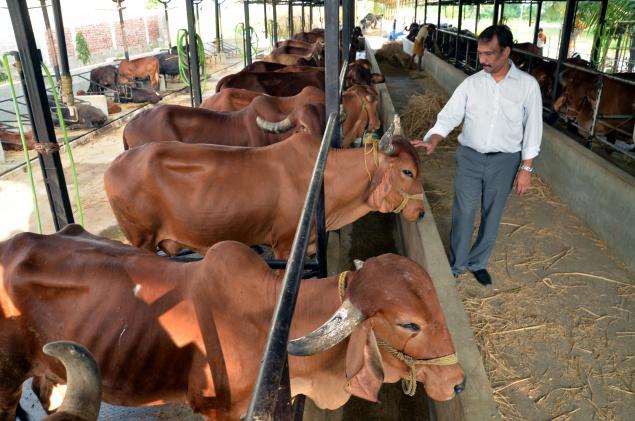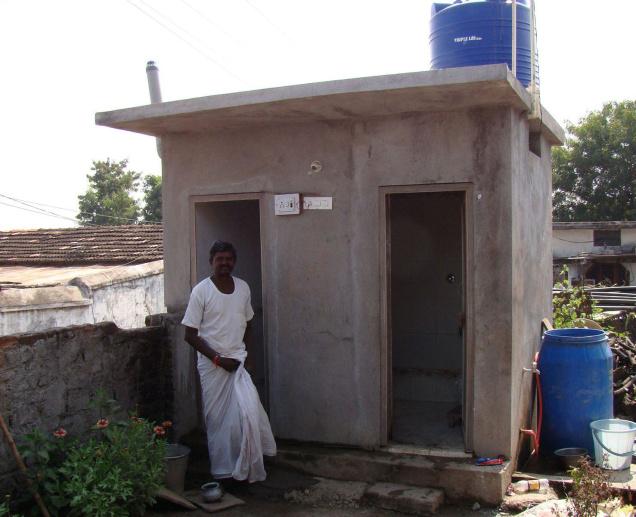
‘Gir cow fed with a special feed can produce milk that has medicinal values’
Milk from Gir breed of cows that originally inhabited the Gir Forest in Saurashtra region of Gujarat, are here in Krishna District, thanks to the entrepreneur-turned-medico G. Sudarsana Rao, who has set up a dairy at Veerankilakulu village in Vuyyuru mandal.
In an exclusive chat with The Hindu, he said that the Gir breed of cows give milk that contains conjugated lineolic acid, which has been proved to be an anti-cancer compound.
The claim that Gir cow milk not only prevents but controls diabetes is not yet settled. As per ongoing research by Sai Butcha Rao, a research associate at International Livestock Research Institute, ICRISAT, Patancheru, if the Gir cow is fed with a special feed it could produce milk that has medicinal values to stimulate the pancreas to produce insulin and thereby control diabetes.
According to him, the mention of this breed was made in the Vedas and the Brazilians had taken thousands of cows of this breed to their country centuries ago from Gujarat.
Today, the breed is called Girolando in Brazil, he said. The breed is on the verge of extinction in its native country, he claims. “Today, there are about 15,000 of these cows left in Gujarat. And to save the breed the Gujarat Government has embarked on an ambitious breeding project at a cost of Rs.1,400 crore,” he added.
Dr. Sudarsana Rao said that the Gir cow milk was lighter compared to others, has high concentration of calcium, proteins and vitamins D and C and is sweet and tasteful.
To begin with, he has imported about 34 animals and aims to have a stock of 400 in a year. Terming the milk as ‘organic milk’ under the brand Ayush Organic Product, he said: “No milk is organic, but it becomes organic based on the organic feed that is fed to the cattle.”
No chemical used
The farm has a hydroponic machine that produces tailor-made green organic fodder. The imported machine can generate fodder from seeds such as barley or horseshoe gram in a controlled environment. For every 1.25 kg. of seed we can get green and highly nutrient organic fodder up to 8 to 10 kg. and the facility can be easily expanded depending on the requirement, he observed.
Dr Rao also pointed out that no chemical is used in the processing. “The milk that is extracted goes directly to the chilling machine and is chilled at 2 degrees and immediately packed and transported in insulated boxes, where the temperature is maintained at 3 degree Celsius,” he said.
According to him, the yield of the native breed is much less compared to the Holstein Friesian (HF) breed. Initially, the milk will be marketed in half and one-litre packets in Hyderabad and later sold at other major cities such as Vijayawada and Guntur through select outlets. The farm will be inaugurated by Animal Husbandry Director D. Venkateswarulu on Wednesday.
source: http://www.thehindu.com / The Hindu / Home> News> Cities> Vijayawada / by Sumit Bharracharjee / Vuyyuru – November 13th, 2013


